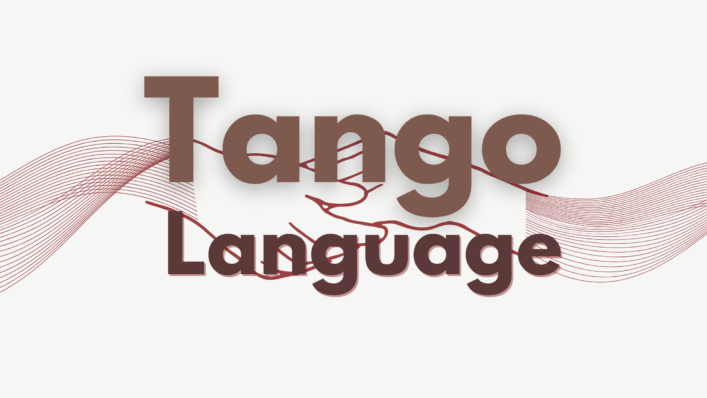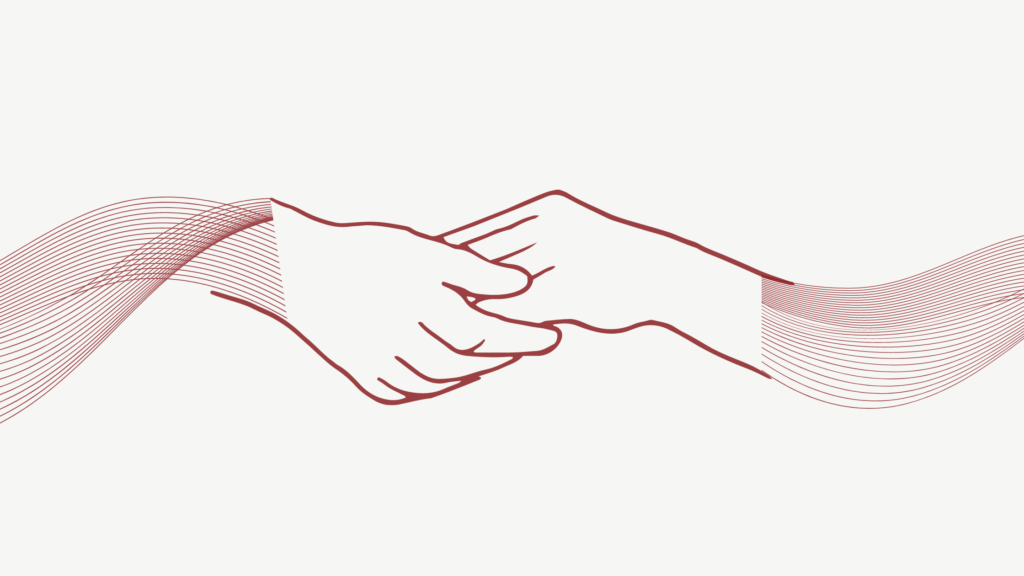
Tango – The Global Body Language.
Tango Argentino is an improvisational pair dance, with a leader and a follower. It allows infinite combinations of real-time movements improvisation, driven by the flow of music. There are no choreographies or order of sequences established, which would be performed by both parts. The dance happens spontaneously in the given time and space and lets two people move harmoniously together across the dancefloor. How does the follower know where, how and when to put the next step? How does the leader know that the follower will interpret his lead? They continuously communicate through the system of questions and answers. So to speak: they use tango body language. Let’s put up such a thesis and see to what extent can these two concepts be related.
Form

To use a language communicatively, we put the meaning into a structure. With words, we create sentences, with the tone of voice or the interpunction (depending on if it’s written or spoken language), we add or change its meaning. Thanks to the grammar, the words are organized into understandable code.
To dance tango, we will need similar elements. The steps will be our words – for mutual understanding, we need both parts to know the basic vocabulary, and if some unknown words appear in the conversation, we guess them from the context and logic of the statement. The tone of the muscles will influence the mood of the dance and change its meaning. The technique: our posture and balance (and more advanced skills) will be our grammar – thanks to it, we communicate efficiently within the same language.
Content
What will be the embodied conversation about is entirely dependant on the two people of the couple. What do they want to express? How do they feel? Is the music moving? Etc.
Tango can be about SEDUCTIVE but doesn’t have to. It can also be joyful, sad, playful, expressing anger or calmness.
Feedback
When talking one-on-one, apart from words, we use non-verbal communication to show our partner that we are listening and our partner is understood. We nod, smile, use the mhm sound, etc. It creates a common ground within the conversation. It’s not different in tango. Dancers send sensory signals of feedback to each other too. Since tango is a completely improvised dance, also danced in close embrace, it requires a form of communication:
-On which leg are you standing?
-On the left one.
-Are you ready to move?
-Mhm.
-Where is your axe?
-Over my standing leg.
-We will dance faster/slower. Are you ready?
-Let’s go!
Phrasing
To increase the chance of being understood, we use interpunction, phrasing, pauses. It adds a melody to the statement. Question: -How are you doing? We intonate it so that our interlocutor feels invited to answer. It sounds wavy at the beginning and the end, so we understand that it’s a question.
Phrasing in tango is communicated with muscle tone change and expresses the interpretation of the music. The leader will propose a beginning and end of the phrase to enable the follower to organize her body movement in the proposed time.
Dialect.
How can a different dialect be translated into a tango body language? Let’s take the Spanish language as an example. It is spoken in 21 countries with ten main dialects. They are pretty variant from one another. Nevertheless, Spanish speakers understand most Spanish speakers of other parts of the world without problems.
Now imagine that you’re dancing with a partner who applies a different dancing technique. After one song, you probably understand his/her body language despite the minor differences. What matters is your understanding of crucial tango elements and your openness to communicate.
